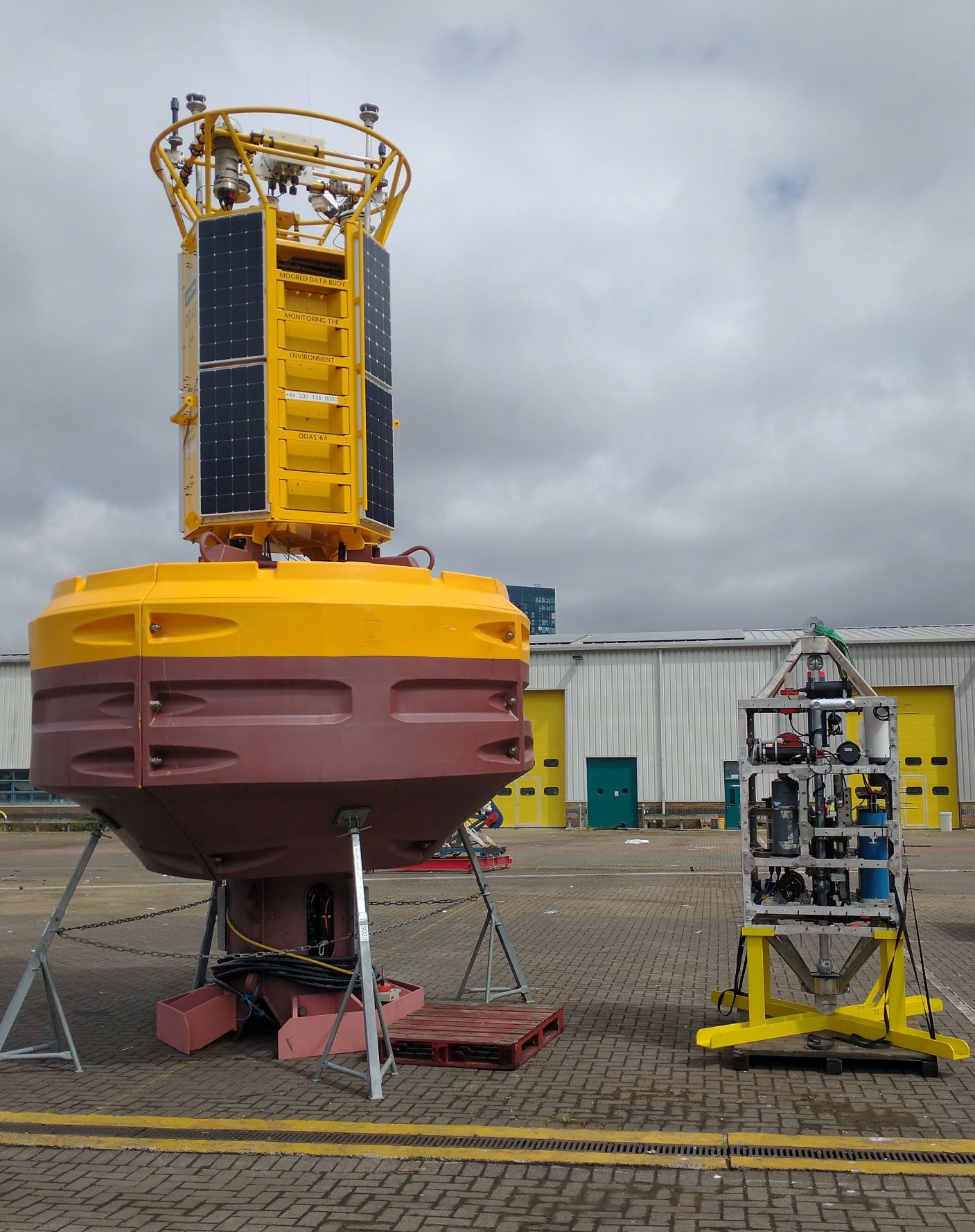After months of preparation we set sail today on the James Cook research cruise JC247 to the Porcupine Abyssal Plain Sustained Observatory (PAP-SO) in the North East Atlantic at 49° N 16° W. At PAP-SO we will continue our studies of the upper ocean biogeochemistry, water column carbon flux and the ecology of the abyssal seabed.

The PAP-SO is one of a small number of oceanic sites that has achieved ocean observations to full ocean depths (4,850m) over several decades. NOC scientists have sampled seafloor ecology since 1985, water column particle flux since 1992, and surface ocean and atmosphere parameters since 2003, which has allowed us to observe multidecadal change in different parts of the water column and study the connections between processes at the surface and seabed.
Part of the NERC funded Climate Linked Atlantic Sector Science project (CLASS), NOC scientists visit PAP-SO every year to take samples, make new observations, and maintain the autonomous in situ infrastructure, such as a large surface ocean mooring operated in collaboration with the Met Office. This year we will also turn around another CLASS mooring at the Whittard Canyon site as we pass on the way to PAP.
JC247 will deliver the latest observations and data to study causes and consequences of multidecadal change in the NE Atlantic and collect data to monitor essential ocean variables such as ocean temperature and salinity, carbon dioxide, oxygen, nutrient content, particulate matter, and the abundance of phytoplankton, zooplankton, and seafloor invertebrates.

There is a multidisciplinary team of scientists and engineers aboard the RRS James Cook who will collect the CLASS data but also contribute to programmes such as Integrated Carbon Observing System (ICOS), APERO, DEEPEND, Euro Go-Ship, iFADO and Minke.

We will be updating this blog and @PAP_observatory on Twitter throughout our research cruise.